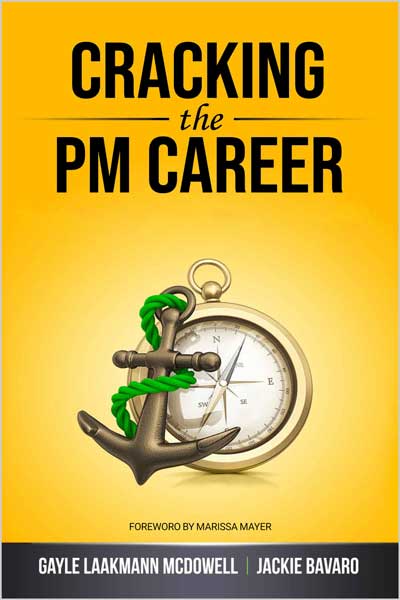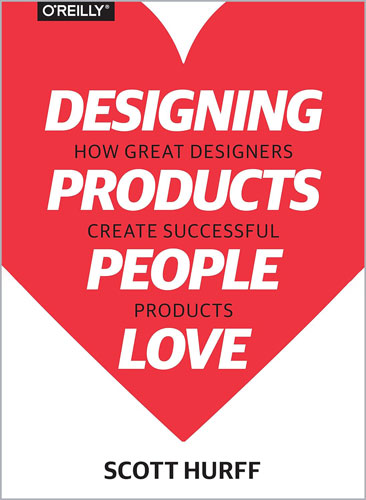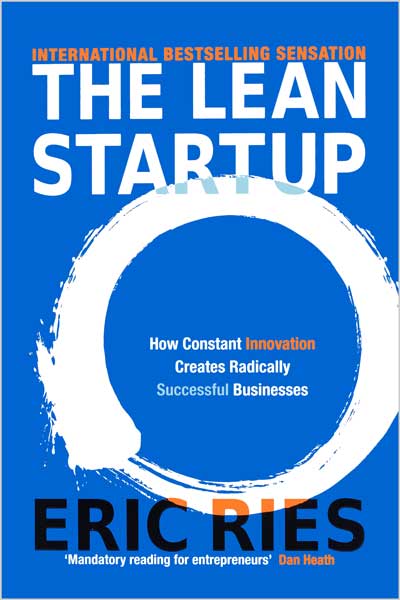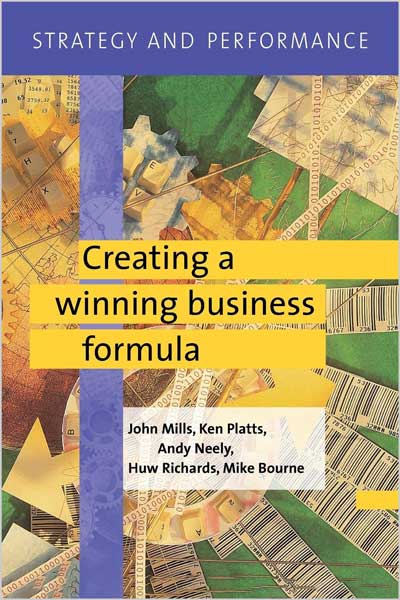Nine Foundational Rules for Product Teams to Run Accurate Research that Delivers Actionable Insight
Aras Bilgen, C. Todd Lombardo, and Michael Connors

#Product
#market
#user_research
Digital product research doesn't have to be difficult, take a long time, or cost a lot of money. Nor should it be a job solely for scientists or expert researchers. In this practical book, Aras Bilgen, C. Todd Lombardo, and Michael Connors demonstrate how your entire team can conduct effective product research within a couple of weeks--easily, cheaply, and without compromising quality.
Drawing from decades of experience in product development, the authors lay out nine simple rules that combine user research, market research, and product analytics to quickly discover insights and build products customers truly need.
- • Recognize and avoid common research pitfalls
- • Switch to the insight-making mindset that underlies all successful research efforts
- • Find out how to look at data, formulate the right questions, and pick the right research method
- • Learn interview techniques and research skills
- • Analyze for insights collaboratively while avoiding bias
- • Inspire action with your insights through powerful presentations and prototypes
- • Learn how to involve a wide variety of stakeholders in research, from developers to executives
- • Discover how you can make research a habit, not a one-off effort
From the Introduction
When Do You Do Product Research ?
All the time!
Product research can and should be used at every stage of developing your product. This is because you need to learn different things at different times along your product journey. We’re going to take some liberties in simplifying the steps of product development as much as we can here and describe the process in three distinct stages.
Stage 1 is exploring the value of products or features in the market. This is the phase where you are discovering deeper needs in a broader context. In many cases, you don’t even have a plan to build something: you’re just trying to find out whether it’s a good idea. At this stage, you are trying to understand the problem space. Have you understood the problem correctly? Are you considering the right solutions? Are you planning to build the right solutions for the problem you understand?
Stage 2 is the development of the product or feature. Here, research helps you stay on course and allows you to assess the right approach. Your results might invite you to explore alternatives. Now that you’re immersed in the problem, why are you struggling with certain aspects? Do the assumptions you made at the beginning still hold true? Are you building the solution the right way?
Stage 3 comes after you have released your product or feature or when you’re working on refining existing features. Research at this stage helps you observe the change in your users’ behavior. Now you can check your assumptions directly with the users and see how their needs are changing because of your product or service.
If you are new to product research, you may be concerned at this point. We can hear some of you busy product people say, “Oh my God, I barely have time to grab coffee! How am I supposed to create time to do research?” We will talk about how this is possible in this book, with many examples from companies that range in size and research budgets.
Product research doesn’t have to be difficult. It doesn’t have to take a long time and cost a lot of money. It doesn’t have to be done by scientists or expert researchers. It can be quick, cheap, and simple, and the whole team can do it. You just have to remember a few rules and develop a research mindset.
This book is the result of decades of experience in the world of product research. During that time we’ve seen certain patterns that make product research effective and enjoyable. We thought of summarizing these patterns as recipes for any team to use. But we realized that if we covered all permutations of products, services, business models, markets, target audiences, team member skillsets, and more, the number of recipes would be enormous. Research methods also vary greatly from one team to another. Good insights come from using qualitative and quantitative methods together; a text on every combination of these methods would be an encyclopedia, not a book. Even if we had some recipes, we do not know about the exact circumstances of your product, so the recipe might apply somewhat but not exactly.
Instead of creating recipes based on these patterns, we decided to distill them into rules to guide you on your journey. We believe they have more applicability and give you more freedom in adapting them into your own workflow. To cement these rules in real life, we added examples of how different teams apply these rules and what they’ve achieved.









